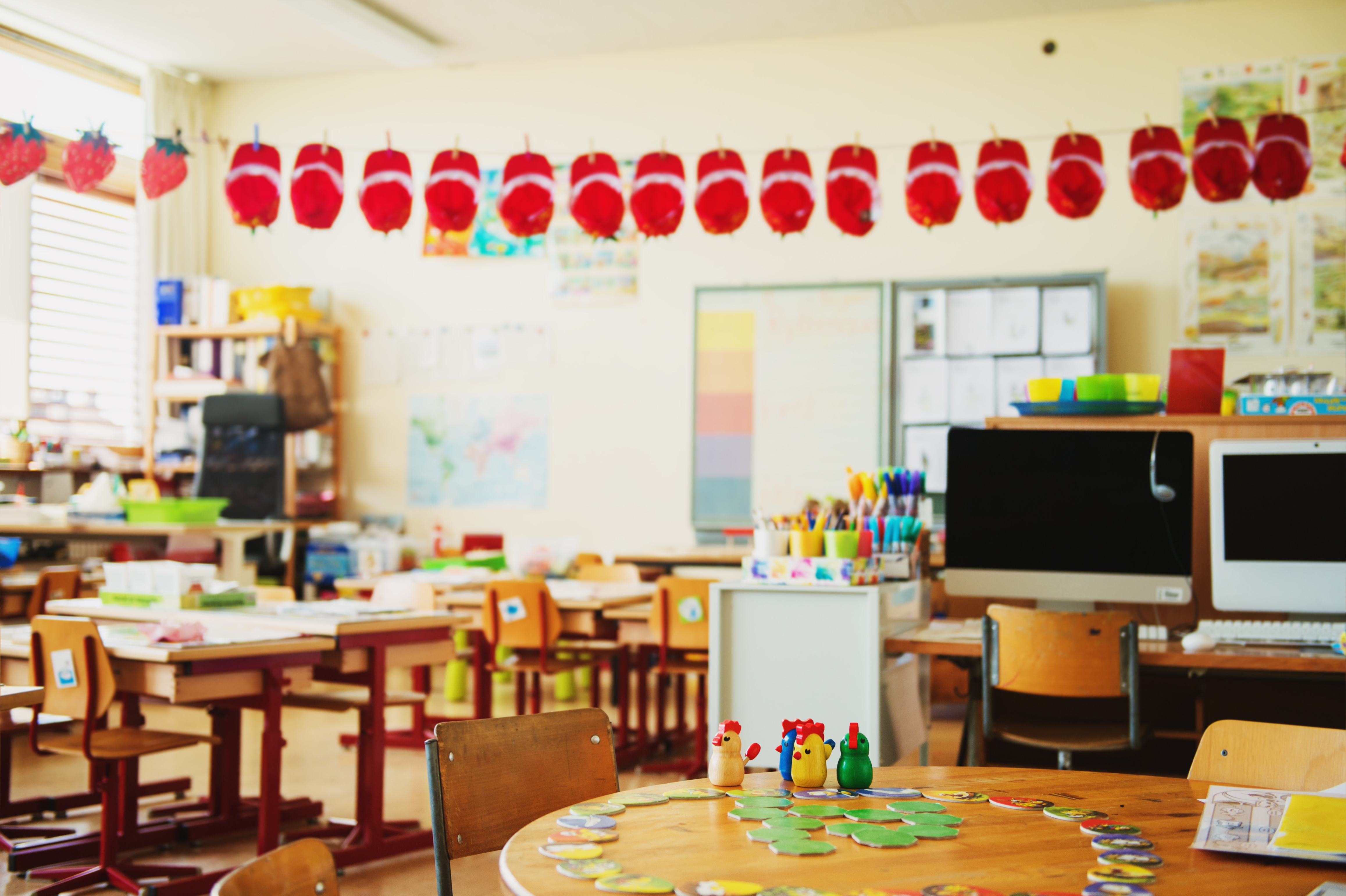It Started with a Question
Two years in, we’re building the early warning system schools have always needed. I had my second depressive episode in November 2022. It took time,...

How Predictive Prevention Expands Capacity and Pays Off
93% of schools are reporting a surge in student mental health concerns. At the same time, the average school counselor manages more than 1,200 students, roughly four times the recommended capacity.
This isn’t just a student wellness problem. It’s a business of learning problem.
When schools operate within the status quo of reactive mental health care, everything else suffers: engagement drops, retention weakens, parent confidence erodes, and the sense of community frays. Heads of School know this intuitively — they feel it in the faculty room, in board meetings, and in conversations with concerned parents.
But here’s what might be less obvious: the lack of a systematic approach to prevention is driving hidden inefficiencies throughout the school.
Counselors are overwhelmed, teachers are unsupported, families are left guessing, and schools are flying blind.
Prevention is not a buzzword. It’s an operating principle. Think about how we treat:
The same logic applies to mental health. Without early warning systems in place, schools are stuck reacting. And reaction is expensive.
Most school mental health strategies today are built on intervention — which means waiting. Waiting for a child to struggle. Waiting for a teacher to report it. Waiting for a counselor to find time. Waiting for a parent to respond.
This reactive model isn’t just inefficient. It’s unsustainable.
What’s needed is mental health infrastructure that:
As a Head of School or Counselor, you’re balancing student well-being with academic results, parent expectations, and organizational reputation. Prevention changes the game across all four:
It’s no longer just about care. It’s about capacity.
Families aren’t just hoping schools step up. They’re expecting it.
And yet, while students spend over 1,000 hours a year in school, they average just one hour with their pediatrician.
That makes school the most consistent — and most powerful — environment for early support.
Let’s take a representative example modeled using the BrainDash ROI Calculator (Sample here or below)—a planning tool built using benchmarks from the National Center for Education Statistics (NCES), American School Counselor Association (ASCA), and NAIS reports.
Imagine a private school with 600 students. Tuition is $12,000, but for modeling purposes, we use a conservative $10,000 value per student to calculate retention impact. The school has two counselors and a faculty of 30.
If this school increases student retention by just 1% due to early wellness support — enabled through prevention infrastructure — the result is over $60,000 in retained tuition revenue per year. That’s revenue that would otherwise walk out the door.
Now add in the full impact over three years:
This is more than a feel-good story — it’s financial stewardship. It’s capacity creation. It’s value that would stand up to any CFO, Business Officer, or Board Finance Chair.
With BrainDash, prevention is no longer aspirational. It becomes operational.
Our three-tiered system blends clinical-grade screeners, real-time stress monitoring, and daily functioning feedback from teachers and parents — all into one continuous Brain Wellness Index. The result: your school knows who needs help, when, and how to act.
Mental health is not just about support. It’s about structure. And without preventive infrastructure, schools are paying the price in time, talent, and trust.
We can’t afford to keep waiting.
Want to understand the hard value of prevention at your school? Schedule a session with our team. We’ll walk through your metrics using the BrainDash ROI Planner — so you can evaluate prevention like your CFO would.

Two years in, we’re building the early warning system schools have always needed. I had my second depressive episode in November 2022. It took time,...

Why we’re creating thePredictive Preventioncategory in mental health — before more kids fall through the cracks

Yesterday, a wellness director at an independent school asked me a question that stopped me in my tracks: “So you think schools are the new frontline...